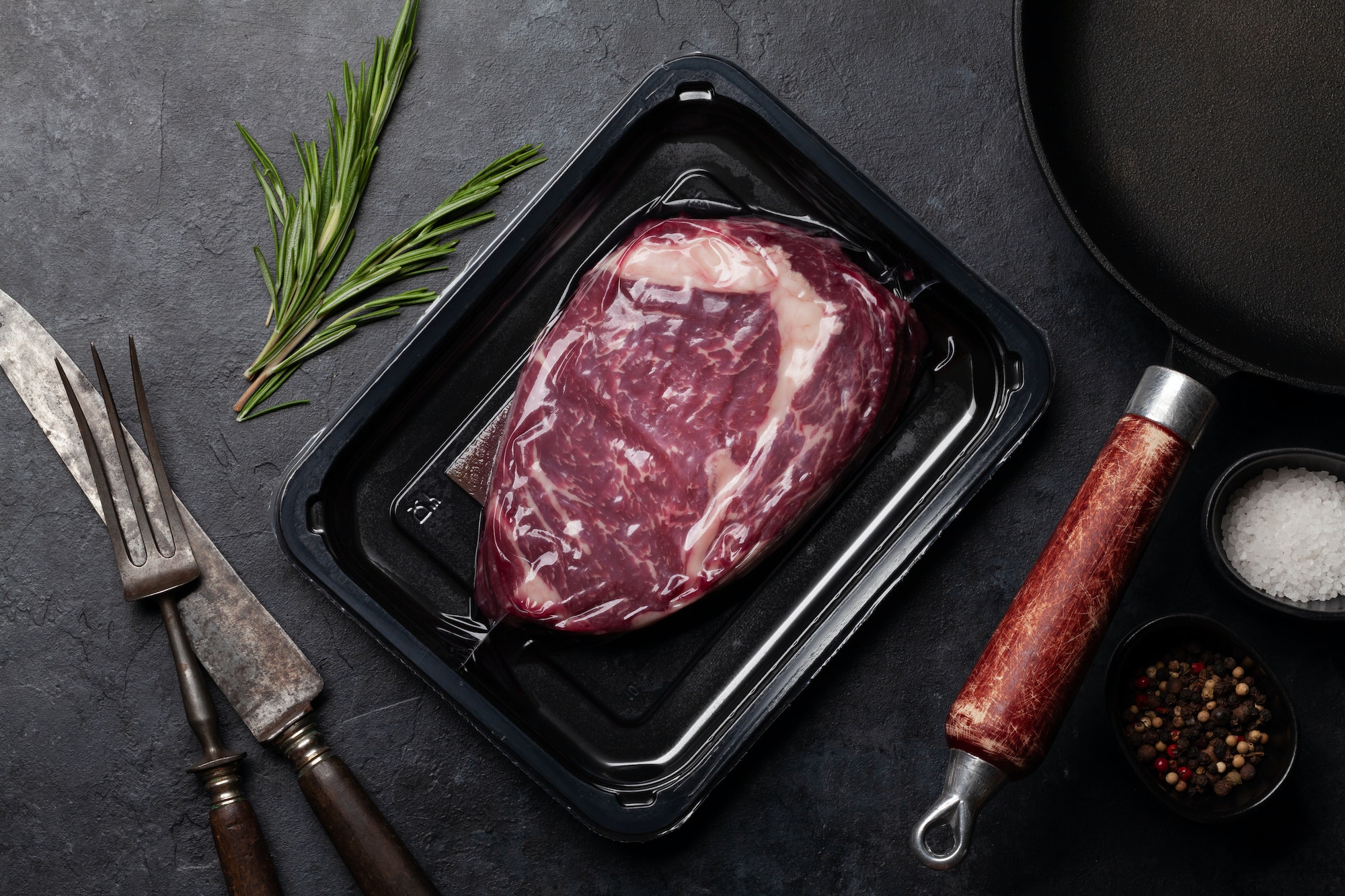The Basics of Vacuum Sealing
Introduction to Vacuum Sealing
In the quest for food preservation and storage, one method stands out: vacuum sealing. This technique has revolutionized how we store food, offering a myriad of benefits that extend beyond just keeping food fresh.
What is Vacuum Sealing?
Vacuum sealing is a method of packaging that removes air from the package prior to sealing. This method involves placing items in a plastic film package, removing air from the inside, and sealing the package. The intent is to extend the shelf life of foods and, with flexible package forms, reduce the volume of the contents and package.
How Does Vacuum Sealing Work?
The vacuum sealer machine works by drawing the air out of the vacuum bag, seal the bag and keeping the food in a vacuum environment. This lack of oxygen-rich air slows down the degradation process, preserving the food. The vacuum environment also significantly reduces the bulkiness of the food, making it easier to store.
Different Types of Vacuum Sealers
There are several types of vacuum sealers on the market. The most common are the handheld, external, and chamber vacuum sealers. Handheld sealers are compact and portable, while external sealers are ideal for home use. Chamber vacuum sealers are the most efficient and are often used in commercial settings.
The Process of Vacuum Sealing Food
The process of vacuum sealing food is straightforward. First, the food is placed in a vacuum seal bag. The open end of the bag is then placed in the vacuum sealer. Once the machine is activated, it removes the air from the bag and seals it, creating an airtight environment. This process can be used for a wide variety of foods, including meats, vegetables, and even liquids.
Benefits of Vacuum Sealing Food
Protects Against Freezer Burn
One of the main benefits of vacuum-sealing food is that it protects against freezer burn. This occurs when air reaches the food’s surface and dries it out. However, because vacuum sealing removes the air, it effectively prevents freezer burn, keeping your food looking and tasting fresh.
Preserves Food Freshness
Vacuum sealing helps to preserve food freshness. Removing the air, slows down the oxidation process that leads to food spoilage, thus extending the shelf life of the food. This is particularly beneficial for perishable foods such as fruits, vegetables, and meats.
Saves Money by Reducing Food Waste
By extending the shelf life of your food, vacuum sealing can save you money by reducing food waste. Instead of throwing away spoiled food, you can vacuum seal it, preserving its freshness and making it last longer. This is a great way to make the most of your food and your budget.
Allows for Bulk Buying and Meal Prep
Vacuum sealing also allows for bulk buying and meal prep. You can buy food in bulk, vacuum seal it in individual portions, and store it for later use. This not only saves you money but also saves you time as you can prepare meals in advance, vacuum seal them, and then simply heat them up when you’re ready to eat.
Enhances Taste through Marination
Finally, vacuum sealing can enhance the taste of your food through marination. Because the vacuum sealing process opens up the pores of the food, it allows for a deeper and quicker marination. This means you can marinate your food in less time and still achieve a rich, flavorful taste.
Other Uses of Vacuum Sealing and FAQs
Other Uses of Vacuum Sealers
Aside from food preservation, vacuum sealers have other practical uses. They can be used to protect important documents or keepsakes from damage. They can also be used to save space when packing for travel. Clothes can be vacuum sealed to reduce their bulk, making packing more efficient. Moreover, vacuum sealing can be used to seal supplies that need to be kept dry, such as matches, clothing, or electronics when camping or hiking.
FAQs about Vacuum Sealing
- Is vacuum sealing safe?
Yes, vacuum sealing is safe. It preserves food without the use of any preservatives. It simply removes air and seals the food in an airtight environment. - Can all foods be vacuum sealed?
Most foods can be vacuum sealed. However, there are some exceptions. Foods with sharp edges, such as pasta or some fruits and vegetables, can puncture the vacuum seal bag. Also, soft or delicate foods may be crushed during the vacuum sealing process. - How long does vacuum-sealed food last? The shelf life of vacuum-sealed food varies depending on the type of food, but it is generally much longer than the shelf life of non-vacuum sealed food. For example, vacuum-sealed meat can last up to 3 years in the freezer, while vacuum sealed vegetables can last up to 2 years.
- Can vacuum sealed bags be reused?
Yes, vacuum-sealed bags can be reused for the same type of food. However, it is not recommended to reuse bags that contained raw meat or fish. - Does vacuum sealing prevent freezer burn?
Yes, vacuum sealing is one of the most effective ways to prevent freezer burn. It removes the air that causes freezer burn, thus protecting your food.
Conclusion and Final Thoughts
In conclusion, vacuum sealing is a versatile and efficient method of preserving food and other items. It offers numerous benefits, including protecting against freezer burn, preserving freshness, saving money, allowing for bulk buying and meal prep, and enhancing taste through marination. With a vacuum sealer, you can extend the shelf life of your food, reduce waste, and make meal prep easier and more efficient.
Call to Action
Ready to start vacuum sealing? Check out these helpful tips for vacuum sealing and this food storage duration guide to get started. Whether you’re looking to save money, reduce food waste, or simply make meal prep easier, vacuum sealing could be the solution you’re looking for. Start vacuum sealing today and experience the benefits for yourself!
